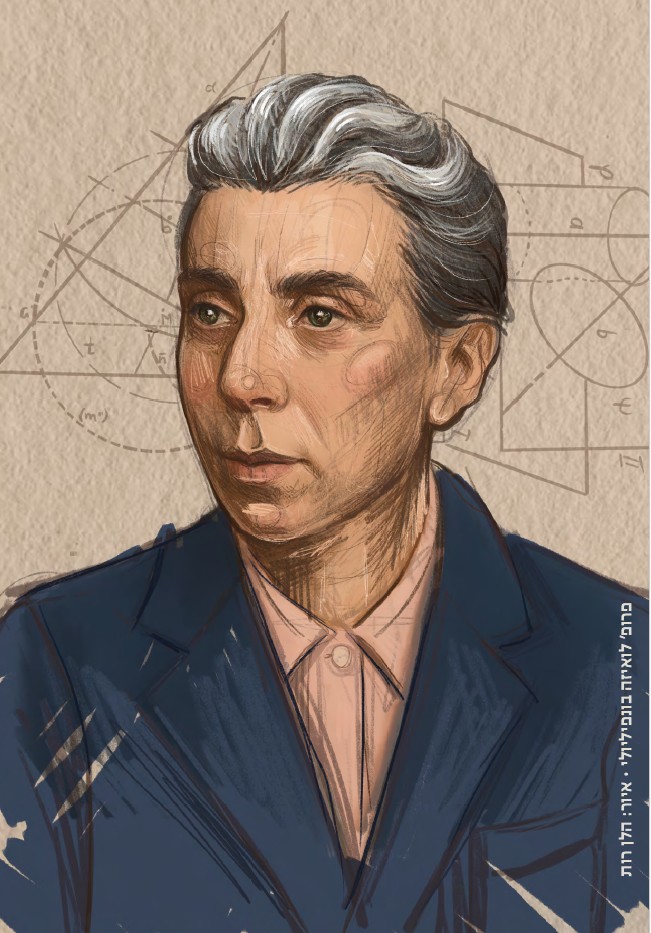מי זורק את הזבל - ולאן?
חוקרים בפקולטה לביולוגיה בטכניון גילו כי מנגנון המסייע בפירוק חלבונים רעילים, ומעורב בהתפתחות אלצהיימר, עלול להפיץ אותם לתאים שכנים וכך להוביל להתפשטות המחלה במוח

חוקרים בפקולטה לביולוגיה בטכניון גילו כי מנגנון המסייע בפירוק חלבונים רעילים, ומעורב בהתפתחות אלצהיימר, עלול להפיץ אותם לתאים שכנים וכך להוביל להתפשטות המחלה במוח

הטכניון ערך קבלת פנים חגיגית לשלושים ושניים חברי וחברות הסגל החדשים שהצטרפו לשורותיו

עם פרוץ המלחמה הקים הטכניון מערך תמיכה חסר תקדים שהעניק לסטודנטים משרתי המילואים סיוע כלכלי, התאמות אקדמיות, שיעורי עזר ותמיכה רגשית

איך בונים ושומרים על זוגיות יציבה בעולם משתנה?
07.01.2026 רביעי, בשעה 14:00
הוספה ליומן

יום פתוח בת"א לפקולטות המדעיות
13.01.2026 שלישי, בשעה 16:00
הוספה ליומן

טכניון על הבר - למידת מכונה בעולם האנושי
13.01.2026 שלישי, בשעה 20:00
הוספה ליומן

מוסיקה מדע והשראה | עונה 4 - קוד הזכרון
14.01.2026 רביעי, בשעה 12:30
הוספה ליומן

תערוכת "מראות מקום"
30.11.2025 ראשון, בשעה 09:00
הוספה ליומן

תערוכת הצילום "טבע בקמפוס"
16.07.2025 רביעי, בשעה 09:00
הוספה ליומן
100000
בוגרים
18
פקולטות
15000
סטודנטים
60
מרכזי מחקר
ברחבי הקמפוס